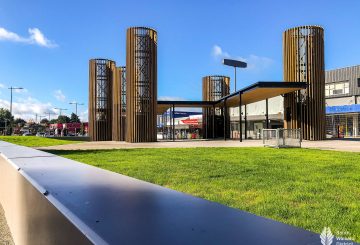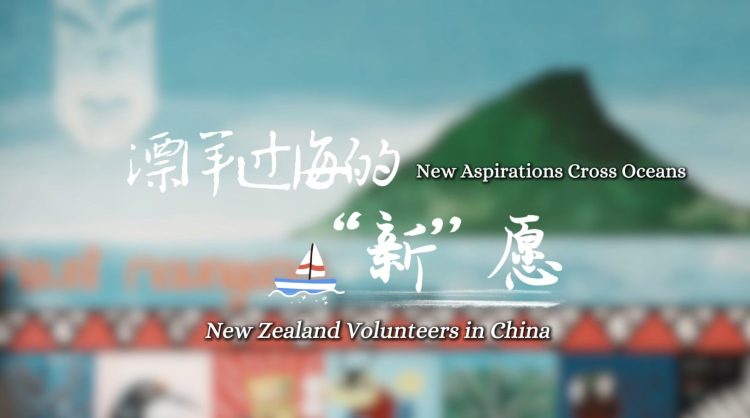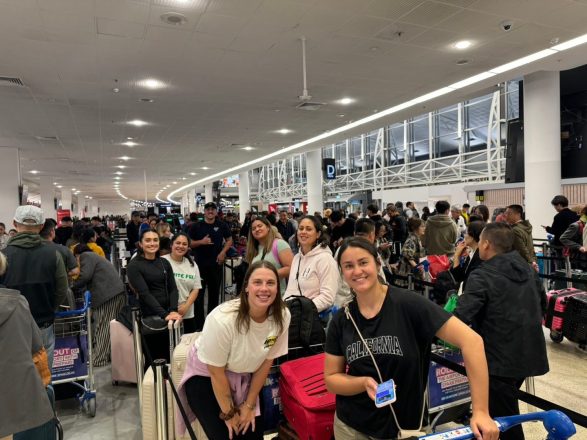A public meeting was held on August 27, 2024, to discuss the potential closure of Winstone Pulp International mills in central North Island, which could lead to the loss of 230 jobs. Many in the community expressed their fears about the impact of these closures. The meeting in Raetihi’s church hall was full, with locals, families, and even children present.
Liz Brooker, the meeting organizer, emphasized that the issue affects the entire region, not just the jobs. Employees and their families shared their worries, with some breaking down in tears. Aaron McCann, who has worked at the mill for 29 years, described how his family had been connected to the mill for generations. He is upset that his son may have to leave for a job in Australia if the mill closes.
Duane Dixon, another long-time worker, stated he wants to stay in his hometown, but he may have to move to support his family. Many workers, like electrician Daniel Abernathy, are anxious about their future and how they will find jobs if the mill shuts down.
Winstone Pulp International has been facing high electricity prices, which is pushing them towards closing. Their Chief Financial Officer, Glenn Whiting, expressed gratitude for community support but acknowledged the challenging situation.
Raetihi Mayor Weston Kirton promised to fight for the mill’s future, suggesting the government should offer financial help, similar to subsidies for other companies. However, National MP Suze Redmayne did not commit to any promises for assistance, stating that they are encouraging power companies to find their solutions.
Time is running out, as consultations with workers end on Monday, and the mills could close by early October if no action is taken.






























































